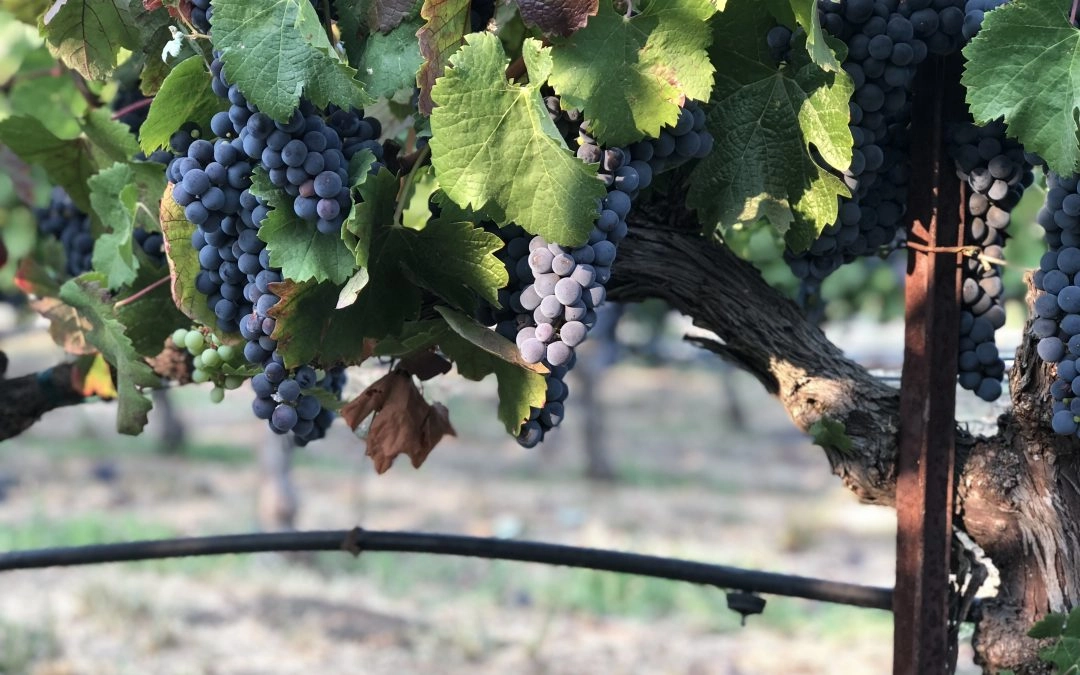Crop Disease in the Central Valley

When it comes to treating and preventing crop disease, your water treatment specialist can be an unexpected hero.
The droughts that California growers experience regularly make it difficult to ensure that the water you provide for your crops is high quality. Low-quality water increases the risk of crop disease in your fields. Regular service visits from your water treatment specialist provide an extra set of eyes to watch for signs of disease and the expertise required to set an appropriate treatment plan into motion.
Prevention is Key
Water is the main vehicle for inhibitors. They create an environment within your irrigation system that is inhospitable to microorganisms that could otherwise cause plugging and scaling. By ensuring that fungi and bacteria will not travel from a contaminated source to your plant’s roots through button emitters or their leaves through overhead sprinklers, it protects the crop’s overall health. A clean system translates to a clean product.
Sometimes this is not enough. Bacteria, fungus, and viral diseases can be introduced through other means. When your water treatment specialist enters your field, they are trained to observe your crops for signs of malnourishment, drying, and illness. If any sign is detected, they investigate the cause, starting with your water source. Working their way through your irrigation system, they will find and evaluate the cause. If their conclusion lands on crop disease, they can present an immediately actionable remediation plan.
In the case that fungus has taken hold, the signs can be obvious. Powdery mildew is often present on leaves. It can also be accompanied by diseased-looking fruit, presenting as cankers or “sores”. Rusting on stems and leaves is common as well. Though every case is different, you will likely be recommended a treatment plan that includes the possibility of a one-time treatment of one of our better-known products, Oxyleaf that can be introduced through your irrigation system. When caught early, fungal infections can be deterred, and healthy crops saved.
Bacterial infections are also common. This issue can be identified by oozing pustules on leaves and stems and moist lesions. Specialists will often make small incisions in the plant’s soft tissue to observe bacterial leakage. In the case that a bacterial disease has made its way to your field, several treatment plans may be available. Our standard practice involves an immediate treatment prescribed to mitigate any further spread. This, too, can be introduced via our irrigation lines and requires careful monitoring.
Viral disease is more difficult to identify as the signs are obscure. If your crops are suffering from a virus, you will see classic signs of illness, usually in the form of drying and general malnutrition. Regular service visits mean that specialists will have the opportunity to observe crops at every step of growth. The familiarity your specialist has with your crops means that illness is quickly identified. Our product list includes several viral treatment options such as Oxyleaf. Time is of the essence when it comes to viral infections and with us on your team, none will be wasted.
As you navigate the many drought-related obstacles and challenges in your field this year, know that you have a resource in your water treatment specialists. Crop disease does not stand a chance when you team up with us to save the day – and the season.
